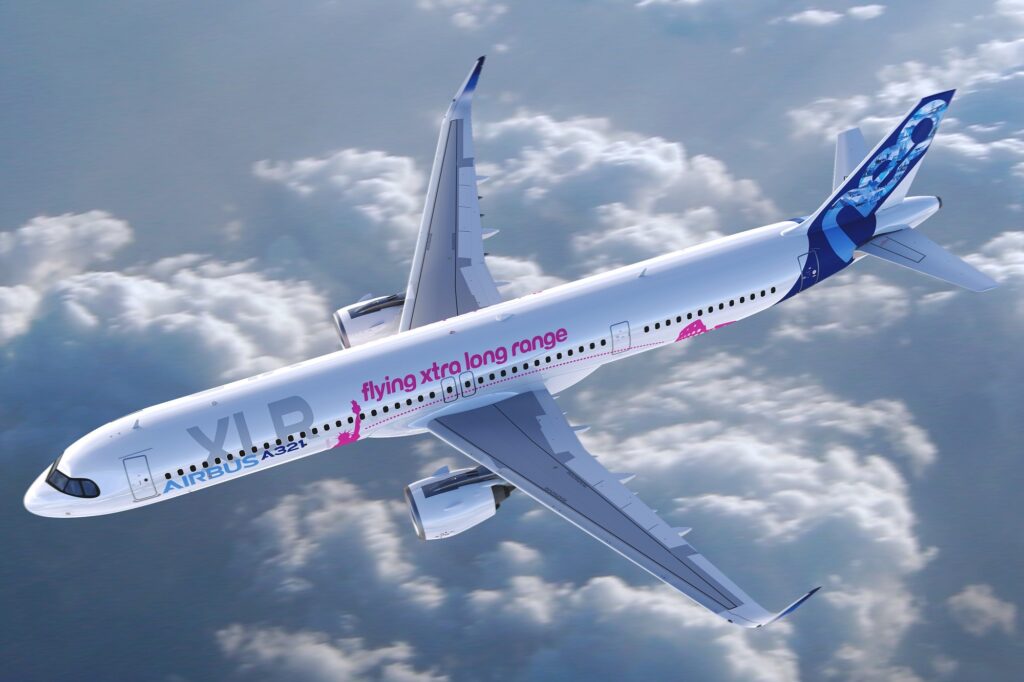Airbus is hopeful that the A321XLR, powered by the CFM International LEAP-1A, will be certified by the end of 2023.
The manufacturer‘s Executive Vice President Programmes & Services Philippe Mhun told FlightGlobal that Airbus and the European Union Aviation Safety Agency (EASA) have an agreement on the technical specifications of the aircraft type, including the rear center tank, which was at the center of discussions between Airbus and regulators.
Currently, three A321XLRs are participating in the certification program, with aircraft powered by both engine variants, namely the CFM International LEAP-1A and the Pratt & Whitney PW1100G.
Mhun said that the LEAP-1A-powered A321XLR would be certified first, with the PW1100G-powered A321noe variant being certified later. The first deliveries are scheduled for Q2 2024.
The rear center tank, which is an addition to the A321XLR compared to the A321neo and another derivative, the A321LR, has been a point of contention between the manufacturer and regulators. The United States Federal Aviation Administration (FAA) expressed concerns about the durability and safety of a fuel tank located at the back of the aircraft, which is also located below the cabin, especially during a crash.
The FAA, in its comments to EASA, said that it focused “on ensuring that the applicant [Airbus] makes every practicable consideration to ensure protection of fuel tanks in more severe crash conditions that exceed, or are not captured by, the conditions specified” in the US Code of Federal Regulations (CFR). The FAA emphasized that the A321XLR’s fuel tanks should be protected against more severe conditions due to the fuel tank’s position.
Meanwhile, EASA has published five ways of means of compliance to the Special Condition (SC) related to the aft fuel tank, including additional design precautions, fuselage break points, crushing of lower fuselage under vertical descent impact velocities, sliding on the ground, and internal protection recommendations.

